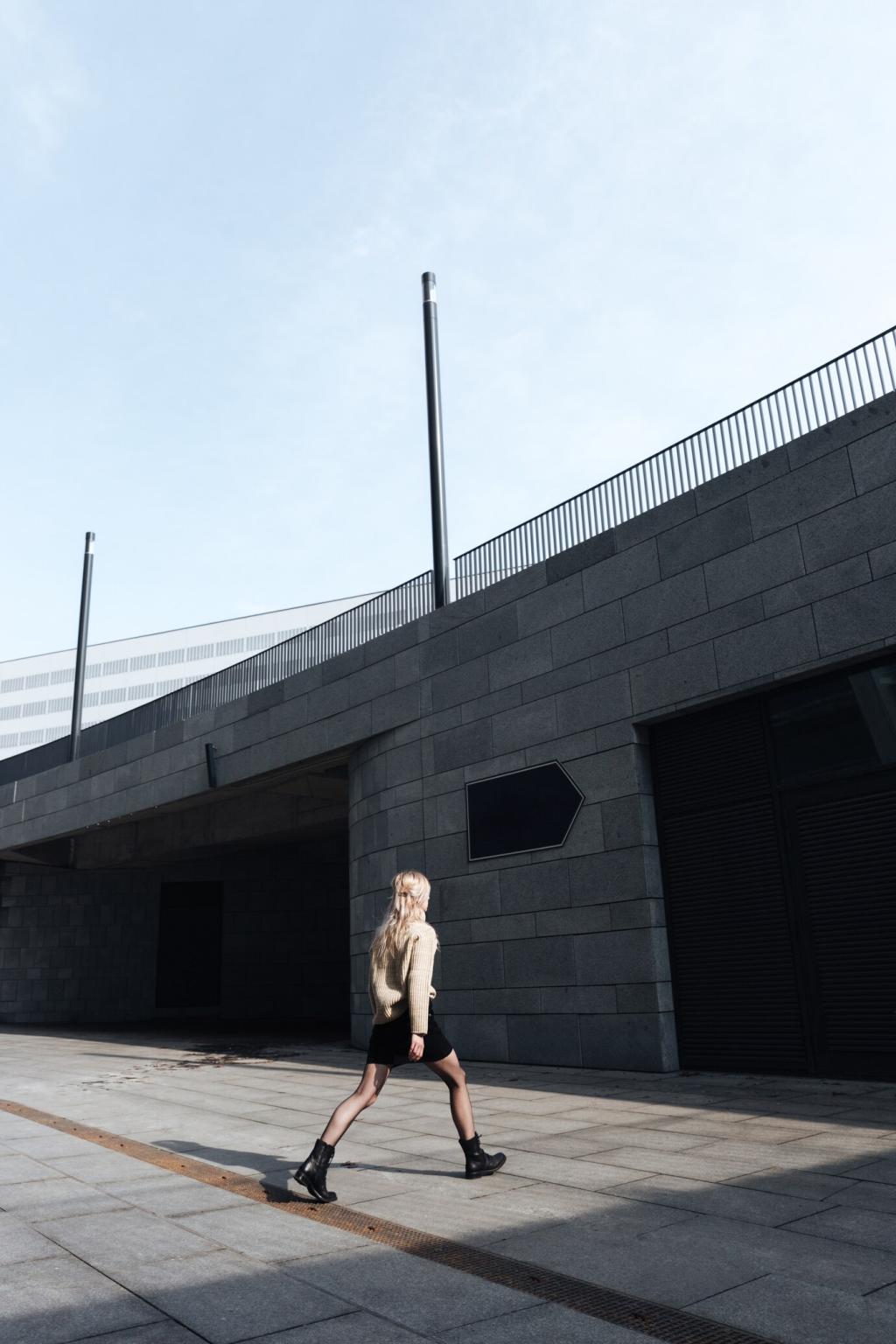Water Wisdom for Compact Spaces
Use drip lines or adjustable micro-emitters paired with a soil-moisture sensor. Water early, target roots, and group plants by need. Keep a simple log, compare weeks, and comment with your best drought-day settings so others can learn from your experience.
Water Wisdom for Compact Spaces
Direct downspouts into slender planters or a discreet barrel with a food-safe liner. A short rain chain slows flow, reduces splash, and captures water for herbs. Label the barrel’s capacity, and share your collection methods to help neighbors replicate your setup.





